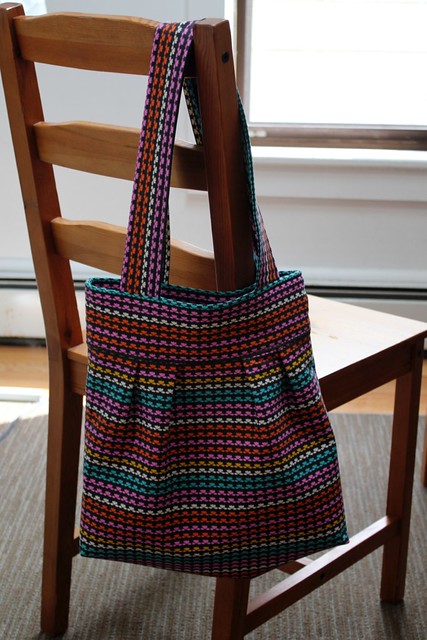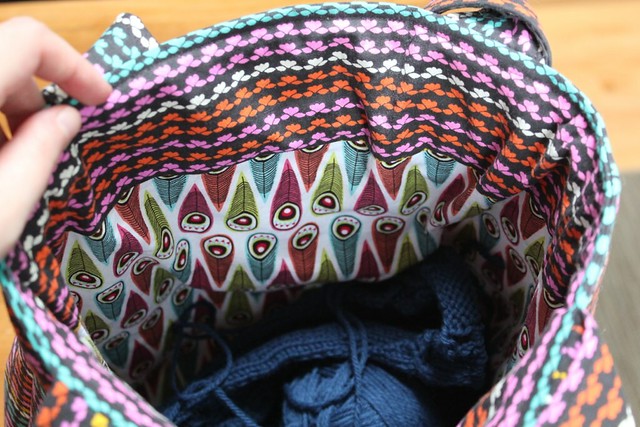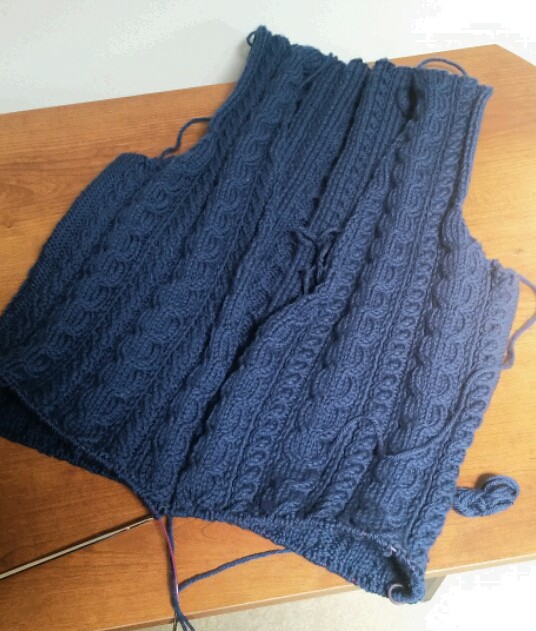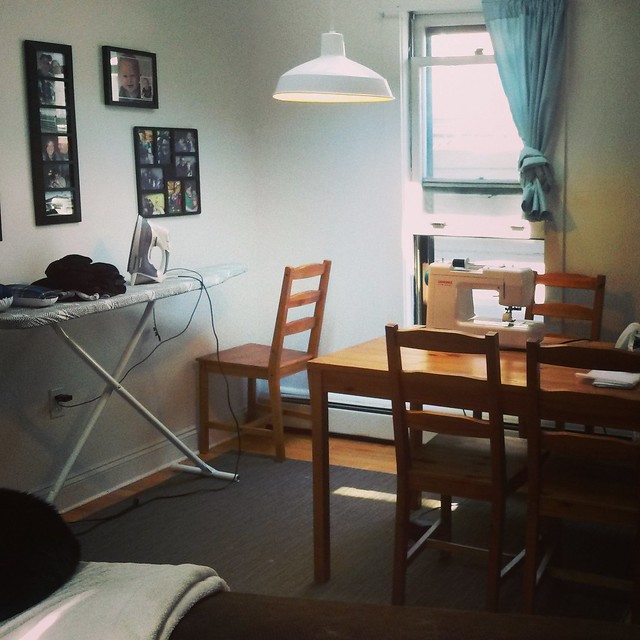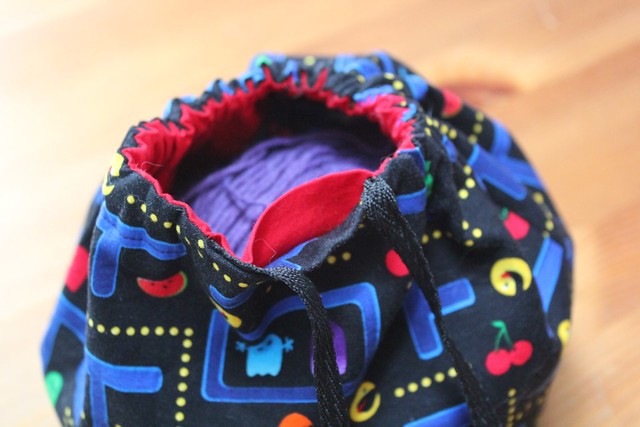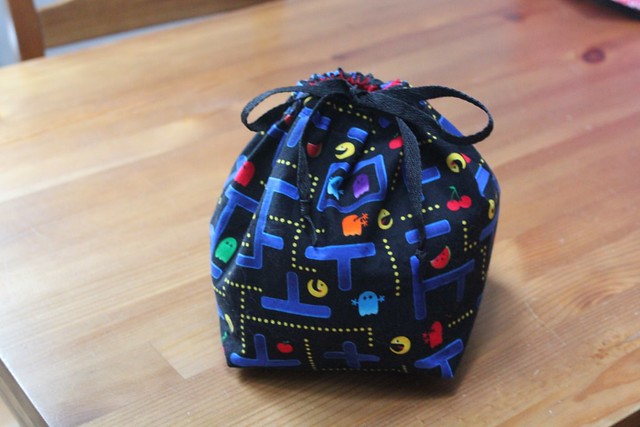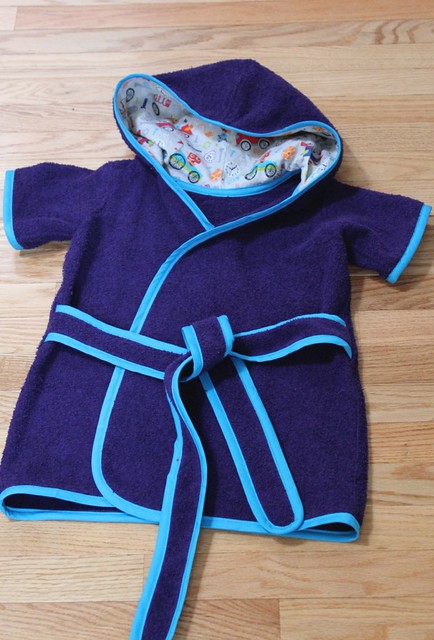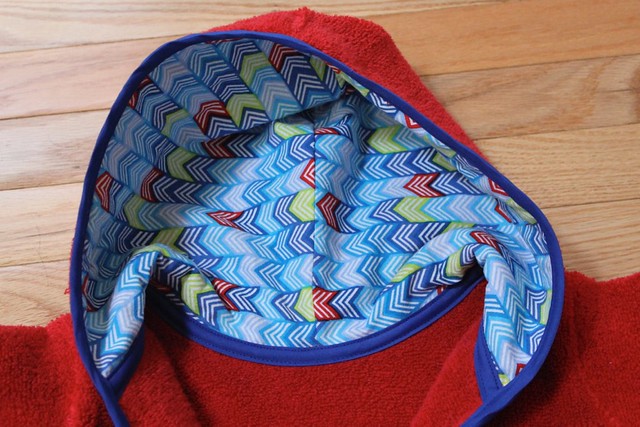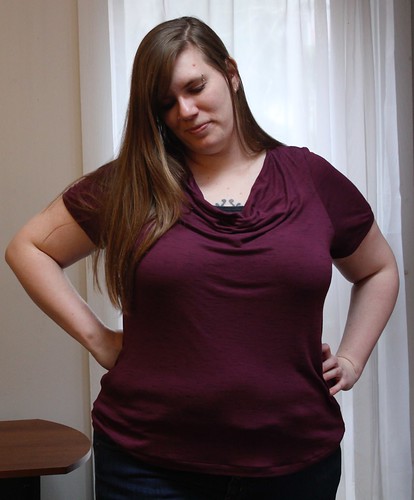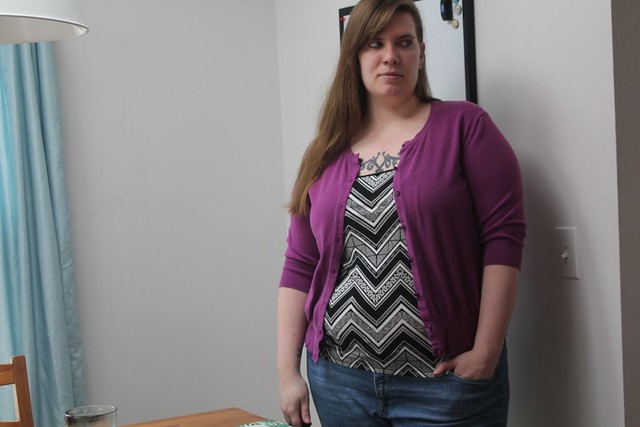Just a short post today to share some of the knitting projects I’ve finished (sort of) recently. It’s the last week of classes for me, and I feel totally drained but I am determined to keep posting!

The first project is this Constellate Hat, which I started when my friend Abby asked if I’d be interested in doing a knit-along with her. I actually don’t knit a ton of hats, mostly because I find them kind of boring, but the stitch pattern on this pattern was really intriguing to me. And I’m glad she suggested making this pattern because:
- It was, indeed, an interesting stitch pattern to learn
- The pattern itself was written in an unusual style that was sort of frustrating at times but also kind of fascinating.
- I got to use a yarn that I love but has been sitting in my stash neglected for a very long time.
- I had been feeling very bored with knitting and so it was refreshing to take up a kind of impulsive project that was outside of the range of what I had been working on.
- It was fun and motivating to work on something with someone else.
- I ended up with a great hat.

I have not actually worn this hat because it is spring, and I am stubbornly refusing to wear anything other than a light jacket even though it is literally snowing outside as I write this. But I am excited to pull it back out in the fall.

The second project was an easy baby sweater for our new niece, Genevieve. I’ve made this pattern, The Playdate cardigan, a couple of times before—once for Jude and once for my nephew, Forrest. It’s a nice, easy way to showcase a great skein of fingering weight yarn, which was precisely what I wanted to do with this particular project. I’d had this skein of MadTosh Twist Light in my stash for years but couldn’t figure out exactly what I wanted to do with it. I think I originally bought it for socks, but it didn’t feel like the way I wanted to showcase the color. I think this baby sweater is a much better way to show off the fun little speckles of color. When it was finished, I went a little bananas and bought three different colors of buttons so I could really belabor the choice, but I think it was worth it in the end. The purple buttons really bring it together.


Right now, I’m working on the second sleeve of a Glenmore Aran for myself that isn’t worth photographing at the moment because I’m using black yarn and so it just looks like a mass of black. But I imagine that I’ll finish that up just in time to pack it away until October. Unless it keeps snowing.
Project Details:
Hat
Pattern – Constellate Hat by Hunter Hammerson
Yarn – Manos del Uruguay Fino in Peacock Plume
Size – This is a flexible pattern written for a range of sizes and gauges. My gauge was 7 sts/inch and I cast on 136 stitches.
Baby Sweater
Pattern – Playdate Cardigan by Tin Can Knits
Yarn – MadTosh Twist Light in Cosmic Silver
Size – 6-12 months












